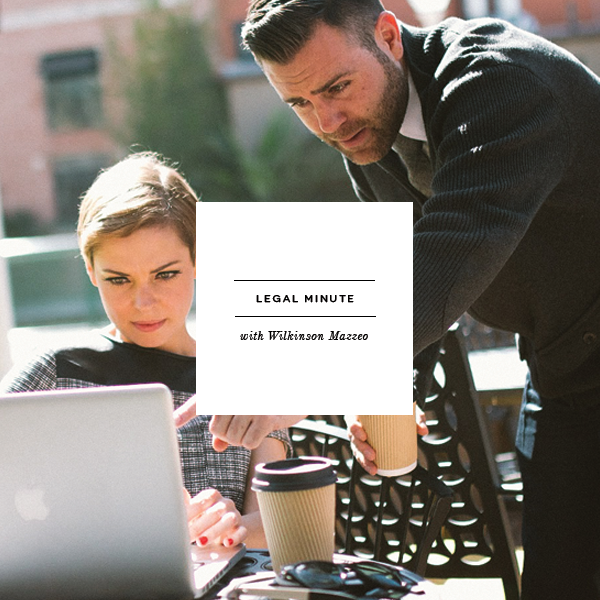Legal Minute: Forming a Non-Profit? Learn about the New IRS Form Designed To Help You
We all know the process of forming a non-profit is difficult, right? And we all know that the waiting period for approval of tax-exempt status is a long one (6-12 months), right? Well, it appears the IRS has listened to our cries for help!
Introducing the new IRS Form 1023 EZ (“EZ”). The EZ is a newly released IRS form designed to reduce current backlog and shorten the turnaround time for 501(c)(3) registration. The form consists of a two-and-a-half page checklist requiring the applicant to check various boxes attesting that they will comply with the rules governing 501(c)(3) organizations. It requires no additional documents, unlike the long Form 1023 (“Long Form”) that typically runs upwards of 50 pages when completed. However, unlike the Long Form, the EZ must be electronically filed.
Great! But, do you qualify for the EZ? Most small organizations will qualify to use the new form. The IRS estimates that this could mean up to 70% of applicants. In order to qualify, the organization must have projected gross receipts of $50,000 or less for the filing year and the next two years, and assets of $250,000 or less. The organization is expected to make a good faith estimate in regard to these numbers.
Lastly, in addition to the EZ being significantly shorter than the Long Form, there are a few advantages to using the EZ. First, the turnaround time for EZ applications is expected to be around 1-2 months, but applicants have reported turnaround times as short as 2-3 weeks. Second, the Long Form carries a filing fee of $850, whereas the EZ carries a fee of only $400. Third, the IRS approximates that the Long Form 1023 will take the average person 100 hours to complete, while it is estimated to take only 8-9 hours to complete the two-and-a half-page EZ.
Now, there are disadvantages to using the EZ that should be carefully considered before choosing this option. Restrictions on the amount of annual revenue and potential denial of grants due to not utilizing the Long Form are among the potential pitfalls to the EZ, so it is very important to discuss your options with an experienced attorney or non-profit specialist.
This is a huge step in the right direction by the IRS and we encourage anyone contemplating formation of a non-profit to include this in his or her list of options! Good luck!
Disclaimer: The information in this article is presented for informational purposes only, and should not be taken as legal advice. Before acting on any information presented in this article, you should consult an attorney regarding the facts of your specific situation. We would love to hear from you, so please feel free to contact Wilkinson Mazzeo for a consultation.
Photo by Rachel Ashley
Learn. Connect. Act.
Learn more about Wilkinson Mazzeo
Connect via Facebook and Twitter
Act If you found this helpful or have some insight yourself, then let us know with a comment below.
From the Editor
At Conscious, we are inspired by remarkable people, and so we set out to tell stories that highlight real human interactions and human dignity. You can read more stories like this when you pick up your copy of Conscious Magazine. Subscribe today via our Conscious Shop and subscribe to Conscious Updates.




